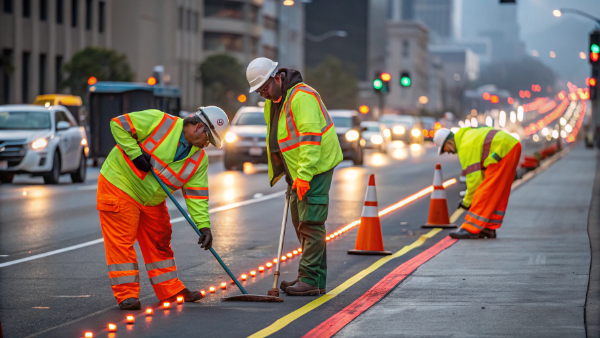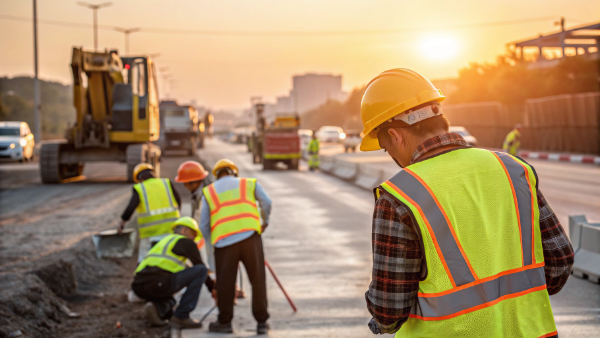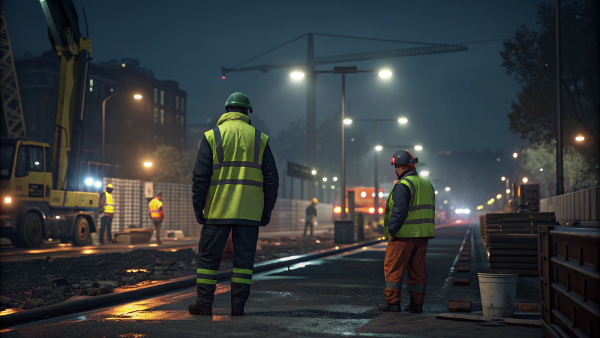Worried about your team's safety in low light or near traffic? Accidents can happen fast. We provide the gear that makes sure your workers are always seen.
High-visibility (hi-viz) clothing is specialized apparel made with bright, fluorescent colors and reflective tape. You need to wear it when working near moving vehicles or equipment, like on construction sites or in warehouses, to make you more noticeable and prevent serious accidents.
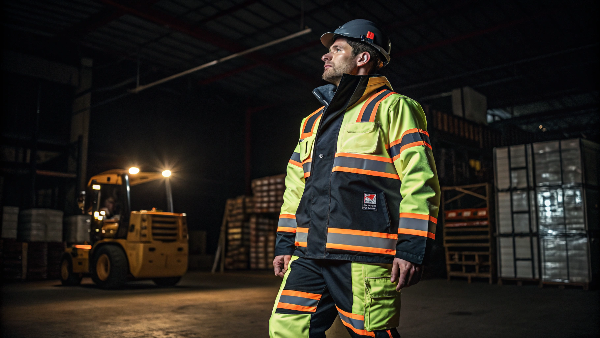
That's the basic answer, but there's more to it. Choosing the right type of hi-viz wear and taking care of it correctly is very important for safety and meeting legal rules. As a manufacturer with over a decade of experience, I’ve seen how these details can make all the difference. Let's look at the key questions our clients, like my long-term partner Danny Cheng from California, ask us all the time.
When should you wear high-visibility clothing?
Confused about when hi-viz gear is required? This uncertainty can lead to safety risks and compliance issues. Let’s make it simple so your team is always protected.
You should wear hi-viz clothing1 whenever your job puts you near moving vehicles or machinery, especially in low-light conditions. This includes road work, construction sites, warehouses, and emergency response situations. The goal is always to be seen to stay safe.
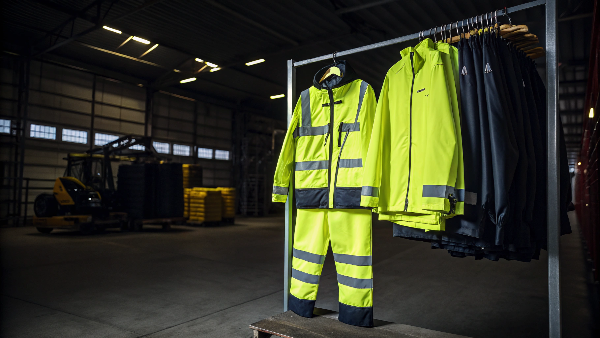
In my 15 years of manufacturing safety apparel, I've learned that a "risk assessment2" is the best way to decide if you need hi-viz clothing. You have to look at your work environment. A key client of ours, Danny, supplies hi-viz gear to construction companies in North America. His customers work in many different situations. Some work on busy highways at night, while others work inside large, dimly lit warehouses. Both need protection, but the type of protection might be different. International standards like ANSI/ISEA 107 in the US and EN ISO 20471 in Europe classify garments based on how much visible material they have. The higher the risk, the higher the class of garment you need. We help our clients figure out exactly which class is right for their specific jobs.
| Risk Level | Environment Example | Required Garment Class (Example) |
|---|---|---|
| Low | Parking lot attendants, warehouse workers away from traffic | Class 1 or 2 |
| Medium | Roadside construction, utility workers, survey crews | Class 2 or 3 |
| High | Highway workers, emergency responders, flaggers | Class 3 |
What is the purpose of hi vis clothing?
Do you think hi-viz is just about wearing bright colors? That’s only part of the story. Understanding its real purpose helps you choose the gear that truly protects.
The main purpose of hi-viz clothing is to make the wearer stand out from their background in any light condition. The fluorescent material works in daylight, while the reflective tape makes you visible at night when a light, like a car's headlight, shines on you.
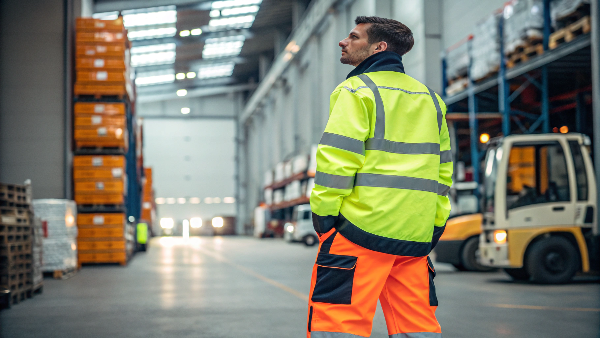
The science behind hi-viz clothing is based on two key components that work together. First is the fluorescent material3. This material doesn't just reflect visible sunlight; it also absorbs invisible UV light and sends it back out as visible light. This makes the garment look incredibly bright, especially at dawn and dusk when UV light is plentiful but visible light is low. The second component is the retroreflective tape4. This material contains tiny glass beads or microprisms that bounce light directly back to its source. So, when a car's headlights hit the tape, the light goes straight back to the driver, making the wearer appear to glow. This is critical for nighttime visibility. We ensure our products use top-quality materials for both functions, so workers are protected 24/7.
| Light Condition | Key Material | How it Works |
|---|---|---|
| Daylight | Fluorescent Fabric | Absorbs UV light, making it appear brighter than normal colors. |
| Dawn & Dusk | Fluorescent Fabric | Works extremely well as it converts low levels of UV light. |
| Nighttime | Retroreflective Tape | Bounces light directly back to the source (e.g., headlights). |
Can anyone wear a hi-vis jacket?
Wondering if hi-vis jackets are only for professional workers? Maybe you're thinking about using one for personal safety. The answer is simple and encourages better safety for everyone.
Yes, absolutely anyone can and should wear a hi-vis jacket if they want to be more visible and safer. While it's a rule for many jobs, it's also great for personal activities like cycling, jogging at night, or walking your dog.
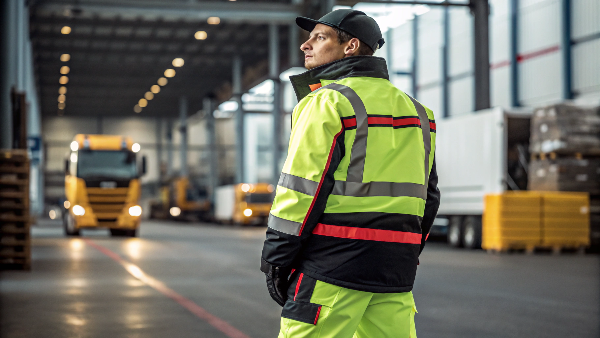
There are no laws that stop the general public from wearing high-visibility clothing. In fact, I strongly recommend it. I’ve seen an increase in orders from companies that aren't in construction or logistics. For example, we recently produced a batch of lightweight hi-viz vests for a corporate client hosting a nighttime charity 5K run. They wanted their brand logo on the vests to promote their company while keeping all the runners safe on the city streets. It was a great idea. The same safety principles that protect a road worker can protect a child walking to school on a foggy morning or a cyclist riding home after sunset. The key is visibility. If you are near traffic or in low-light conditions, wearing hi-viz makes you easier to see. It’s a simple step that can prevent accidents for anyone, not just professionals on a job site.
Who wears high-visibility clothing?
Trying to identify all the job roles that need hi-viz protection? It’s a broader group than you might think. Overlooking even one team can be a serious safety oversight.
High-visibility clothing is worn by many professionals. This includes construction workers, road crews, railway staff, airport ground personnel, warehouse operators, forklift drivers, emergency responders, and utility workers. Basically, anyone who works around moving vehicles or machinery needs it.
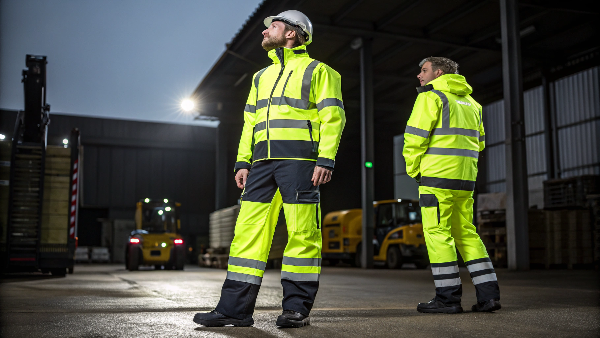
Over the years, we have supplied hi-viz apparel to a huge range of industries. Each one has unique risks, but the common thread is the danger of not being seen. For my client Danny, his customers come from all over the industrial sector. He needs to provide gear for everyone from a forklift operator in a dimly lit distribution center to a survey crew working on the shoulder of a busy highway. They all face the risk of being hit by moving equipment. That’s why we’ve developed a wide range of products to meet these different needs. It’s not just about one type of vest or jacket. It's about providing the right protection for each specific job. Here is a table showing some of the most common users and their work environments.
| Industry | Common Job Roles | Primary Risk Factor |
|---|---|---|
| Construction | Laborers, Flagmen, Crane Operators | Moving trucks, heavy machinery |
| Logistics | Warehouse Staff, Forklift Drivers | Forklifts, delivery trucks, low light |
| Transportation | Road Crews, Railway Workers | High-speed cars, trains |
| Emergency Services | Police, Firefighters, Paramedics | Traffic at accident scenes |
| Utilities | Linemen, Surveyors, Telecom Workers | Working near roads and in poor weather |
How do you wash high viz clothing?
Are you washing your hi-viz clothing5 the wrong way? Improper cleaning can damage the materials and reduce their brightness, putting your workers in danger without them even knowing it.
To wash hi-viz clothing, turn it inside out and use a gentle cycle with cold water. Use a mild detergent and never use bleach or fabric softener. Always let it air dry instead of putting it in a hot dryer.
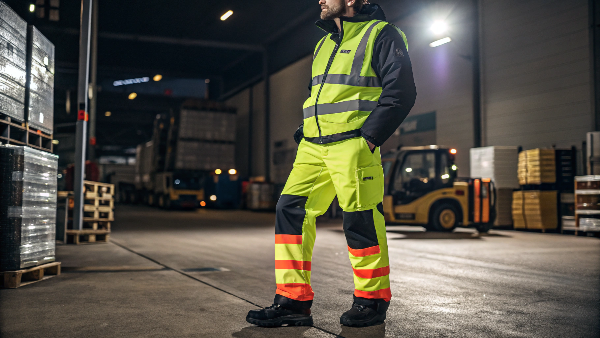
Following the right washing steps is critical for making hi-viz garments last and keeping them effective. I always tell my clients to treat their hi-viz gear with care. The reasons for these rules are simple. Hot water can damage the special fluorescent pigments that make the fabric so bright. Fabric softeners and harsh chemicals like bleach can break down the tiny glass beads in the reflective tape6, making them useless. Putting the garment in a high-heat dryer can melt the plastic base of the reflective tape, causing it to crack and peel off. By turning the garment inside out, you protect the tape from rubbing against other clothes. Air drying away from direct sunlight is the safest way to dry the garment without causing any heat damage. Proper care ensures the clothing works as intended for its entire lifespan.
Should I wear yellow or orange hi-vis?
Stuck between choosing fluorescent yellow or orange? The color you pick can actually change how visible you are depending on your surroundings. Let's help you make the safer choice.
The best color depends on your work environment. Fluorescent yellow-green is the most visible color to the human eye overall. However, fluorescent orange offers better contrast against green and blue backgrounds, like forests, foliage, or even a bright blue sky.
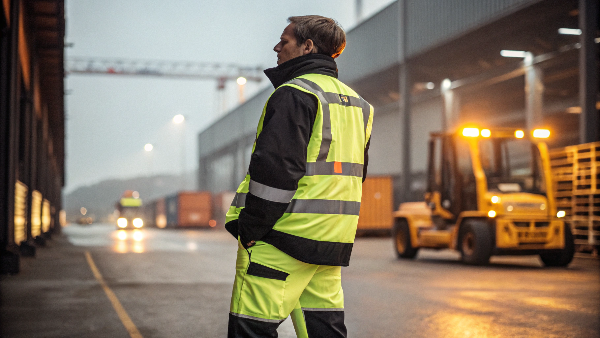
The choice between yellow and orange is a common question I get from clients. Danny once had a customer in the forestry industry who found their yellow vests blended in with some of the autumn leaves. They switched to orange, and the problem was solved. The key is contrast. You want to stand out as much as possible from your background. Fluorescent yellow-green is scientifically the brightest and most easily detected color for the human eye, making it perfect for urban environments with concrete and asphalt. But if your team works in a rural area with a lot of trees and plants, fluorescent red-orange is often the better, and sometimes required, choice. It provides a sharp contrast against green and brown colors.
| Color | Best For (Environment) | Reason |
|---|---|---|
| Fluorescent Yellow-Green | Urban areas, cityscapes, roadwork | The most visible color to the human eye; great contrast with concrete and asphalt. |
| Fluorescent Red-Orange | Rural areas, forests, snowy conditions | Provides strong contrast against green foliage, trees, and white snow. |
How many times can you wash hi vis clothing?
Did you know that hi-viz clothing has an expiration date based on washing? Each wash cycle slowly wears down its safety features. Using old gear is a hidden danger.
Most hi-viz garments can be washed between 25 to 50 times before the fluorescent and reflective materials fall below safety standards. You must always check the manufacturer's label on your specific garment to find its official wash limit.

This is a critical point that many people miss. The standards, like EN ISO 20471, require that we test our materials after a certain number of washes. For example, a garment might be certified for 25 washes. This means that even after 25 cleaning cycles, it still meets the minimum brightness and reflectivity requirements. After that, we can't guarantee its performance. I advise my clients to be strict about this. For heavily used items, it's a good idea to keep a simple log. More importantly, train your workers to inspect their gear regularly. If the fluorescent color looks faded or dull, or if the silver reflective tape is cracked, peeling, or dark, it's time to replace the garment immediately. A worn-out vest is a safety risk, not a safety tool. Our high-quality garments are designed to last for their full certified wash cycle, providing reliable value.
What is the best color for Hi Vis?
Want to know the single best color for visibility? The science is very clear. Choosing this color gives your team the best chance of being seen in most situations.
The best and most visible color for hi-viz clothing is fluorescent yellow-green, sometimes called lime. Research shows the human eye is most sensitive to this color, making it the most noticeable, especially in daylight, dawn, and dusk.
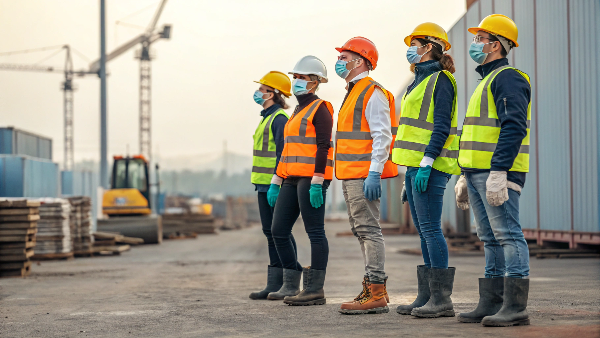
This isn't just an opinion; it's based on how our eyes work. The human eye has an internal "luminosity function," which means it sees certain colors and wavelengths of light as brighter than others. This function peaks at a wavelength of about 555 nanometers, which is exactly the color of fluorescent yellow-green. This means that your brain registers this color with more intensity than any other. While orange is excellent for contrast in specific environments like forests, nothing grabs the eye's attention in a general sense like yellow-green. That’s why you see it so often on the most high-risk jobs, like highway flaggers. As a manufacturer, we produce garments in all compliant colors, but I always explain the science to my clients so they can make an informed choice based on their primary work environment.
Conclusion
Understanding hi-viz clothing, from choosing the right color to proper care, is key for workplace safety. Always select compliant, high-quality gear to keep your team protected and seen.
-
Understanding when to wear hi-viz clothing is crucial for safety in various work environments. Explore this link for detailed guidelines. ↩
-
A thorough risk assessment is essential for determining the need for hi-viz clothing. Discover more about conducting effective assessments. ↩
-
Explore this link to understand how fluorescent materials enhance visibility and safety in various light conditions. ↩
-
Learn about retroreflective tape's technology and its crucial role in nighttime visibility for safety. ↩
-
Explore this link to learn essential tips for maintaining the brightness and safety of hi-viz clothing. ↩
-
Discover the importance of reflective tape in safety gear and how to properly care for it to ensure maximum effectiveness. ↩

